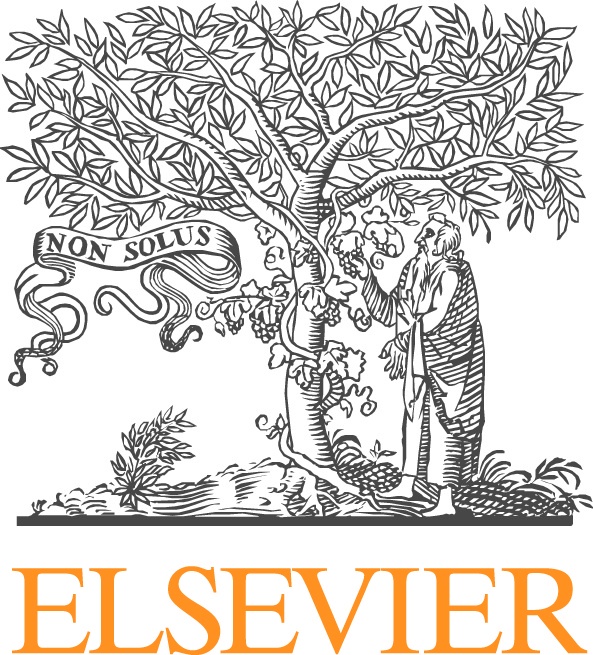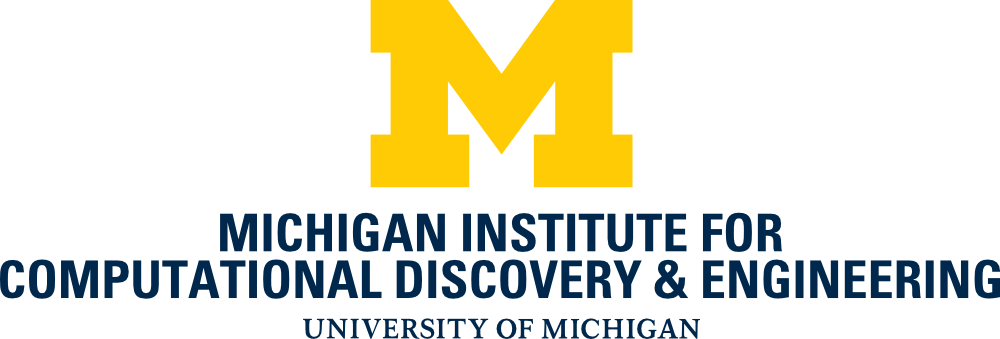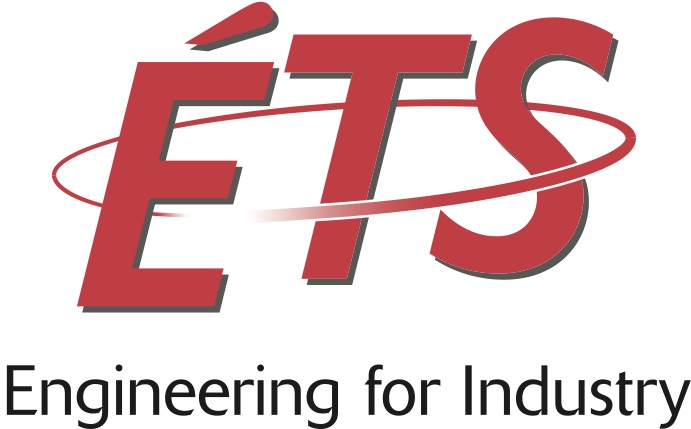Enabling Technologies and Simulation Practices for Advanced Scientific and Engineering Computation
Alvaro Coutinho, The Federal University of Rio de Janeiro
Bill Barth, The University of Texas at Austin
Guillaume Houzeaux, Barcelona Supercomputing Center
Benoît Ozell, Ecole Polytechnique de Montréal
For computational simulations of various physical phenomena and processes, there is a common demand to equip the users a user interactive platform with certain capabilities, and an effective method is to construct a Problem Solving Environment (PSE), i.e., a computer system that provides all the computational facilities necessary to solve a target class of problems. Typically, it can reduce the difficulty of physical simulations by utilizing user natural languages and application specific terminologies, and by automating many lower level computational tasks. We define a kind of PSEs in the following formula:
PSE = User interface + Enabling libraries and tools + Problem solvers + Software bus.
Here, enabling libraries and tools are the most valuable parts of a PSE. They provide all the necessary assistant functions for a simulation, such as geometric modeling, mesh generation, scientific visualization and parallel computing. In the present days, since more and more powerful supercomputers are continuously emerging, scientists and engineers have been facing unprecedented challenges of adapting the scientific and engineering simulation codes to these massively parallel computers, aimed at solving problems involving complicated physics and geometries in a more efficient and accurate fashion.
This mini-symposium intends to provide a forum for attendees to exchange information, share best practices, and to keep current on the rapidly evolving information technologies impacting computational simulation, in particular those extensively involved in the simulation process as well as in the design of a simulation code. The topics intended to be covered (but not limited to) are:
Common functional interfaces to geometry, mesh, and other simulation data
Computational environments for advanced scientific and engineering computation
Digital prototyping techniques
Enabling software technologies
High performance computing towards extreme-scale
Large-scale parallel computing techniques (including MPI parallel and heterogeneous computing)
Mesh generation techniques
Scientific visualization
Software libraries and applications to multi-scale multi-physics problems
Software techniques (such as middleware techniques) towards extreme-scale
Supporting tools in performance evaluation, visualization, verification and validation
Scientific workflows, theoretical frameworks, methodology and algorithms for Uncertainty Quantification
Potential demands of large-scale computational applications
Practices of large-scale numerical simulations
Programming models for multi-core and accelerators







